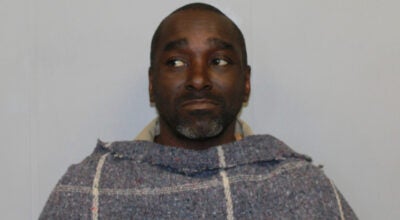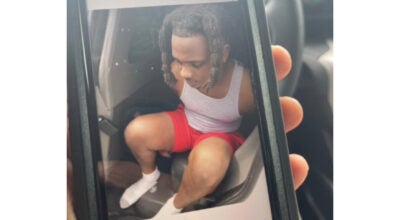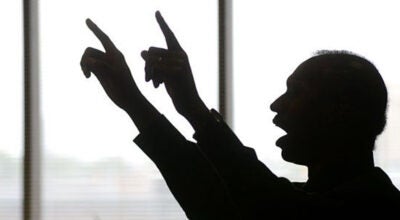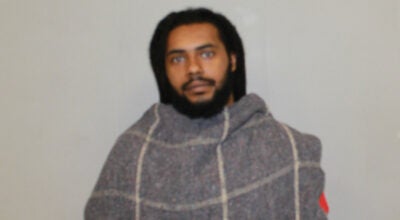Residents help clean cemetery
Published 12:05 am Sunday, March 3, 2013

JAY SOWERS | THE NATCHEZ DEMOCRAT —
Willie Dunbar, right, and Cyrus Green use weed whackers to clean up around a line of grave sites in the Vidalia Cemetery during an annual cleanup hosted by the Vidalia Cemetery Association Saturday morning.
VIDALIA — Some days, when Cyrus Green gets off work, he’ll go home, take a shower, grab some food and go spend a peaceful evening down by the levee with his parents and sister.
His family is in what Green said he reckons is one of the most peaceful places on earth — the Vidalia Cemetery.

JAY SOWERS | THE NATCHEZ DEMOCRAT — Cyrus Green uses a weed whacker to clean up around a line of grave sites in the Vidalia Cemetery during an annual cleanup hosted by the Vidalia Cemetery Association Saturday morning.
“I know a bunch of people who are buried here,” he said. “But I would come here even if I didn’t have any kin folks in here.”
Green — who also works for the Vidalia Cemetery Association — was one of the handful of dedicated people who showed up Saturday for the association’s annual spring cleanup, moving limbs, trimming weeds between graves and even dropping in fill sand in places where river seepage has come through.
The cemetery sits on what was formerly a portion of Carter’s Plantation and was later set aside for burial purposes, Vidalia Cemetery Association President Renard Chatman said. The cemetery association — made up of representatives from 13 local churches — had existed previously, but was reorganized in 1991 after several years of inactivity.
“Before that, we had people who were just coming in and just burying their people,” he said.
“Over the years, there were a lot of people buried here, but there was nobody to take care of it.”

JAY SOWERS | THE NATCHEZ DEMOCRAT —Shem Polk-Brown makes a pile of sticks while helping clean up the Vidalia Cemetery during an annual cleanup hosted by the Vidalia Cemetery Association on Saturday morning.
The cemetery is an old one, though Chatman isn’t sure quite how old. He does know that in the portion they call the “old land,” you can only do vault burials — that’s in part because seep water will start to fill in a freshly dug grave if the diggers go the standard four-feet down, but also in part because many graves in the old land were unmarked.
“To do a vault burial, you only have to go down 22-inches, then you set the vault and set the coffin inside it,” Chatman said. “You wouldn’t want to start digging and then three feet down hit something. Families were expected to bring in headstones to mark the grave, but a lot of times they didn’t.”
In the area known as the “new land” that’s situated further back from the levee system, full graves are possible because each burial has been given a marker.
But regardless of when someone was buried, the cemetery association tries to look after their graves. Charles Green — Cyrus Green’s brother — said he finds tombstones that have fallen during the year or have started to list after seep water moved their base and shores them back up straight with a concrete mix.
Shem Polk-Brown of Terry, Miss., is a native of Vidalia and got involved in the work of the cemetery association after her father — the former president — became ill. He’s now buried there, and Polk-Brown said in some sense, her volunteering with the association is a part of the family legacy.
But the cleanup — which is necessary before the association is able to start its annual spring grass-mowing schedule — is about more than that.
“We are trying to pitch in and make sure the cemetery stays as clean as it can,” Polk-Brown said. “If we don’t keep it up, it would get out of hand pretty quickly.”
The cost of even basic maintenance goes up every year, but Polk-Brown said the association has goals of adding signs, getting new equipment and erecting a storage building.
It’s expensive and might not be easy, she said, “but if we don’t keep it up, who will?”





